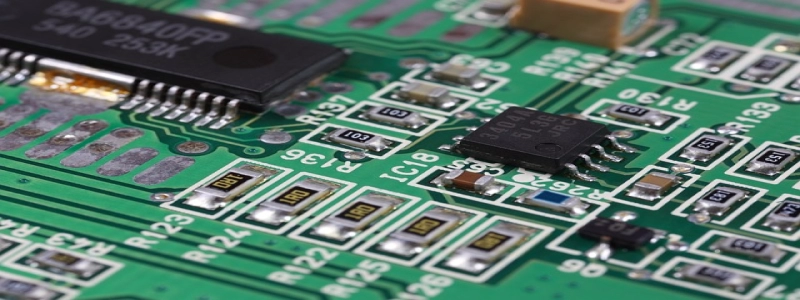Standard Ethernet Wiring
I. Introduction
A. Definition of Ethernet
B. Importance of Ethernet in networking
II. Types of Ethernet Cables
A. Cat 5e cable
B. Cat 6 cable
C. Cat 6a cable
III. Ethernet Wiring Standards
A. TIA/EIA-568-A
1. Pin assignments
2. Wire color codes
B. TIA/EIA-568-B
1. Pin assignments
2. Wire color codes
IV. Ethernet Wiring Diagram
A. Straight-through wiring
B. Crossover wiring
V. Steps to Wire Ethernet Connections
A. Gather necessary tools and materials
B. Strip the cable jacket
C. Untwist the wires and remove the spline
D. Arrange the wires according to the desired wiring standard
E. Trim the wires to the correct length
F. Insert the wires into the RJ-45 connector
G. Crimp the connector onto the cable
H. Test the wired connection
VI. Conclusion
A. Importance of proper Ethernet wiring
B. Benefits of using standard Ethernet cables and wiring standards
I. Introduction
Ethernet is a widely used networking technology that allows devices to communicate with each other over a Local Area Network (LAN). It provides a means for data transfer, internet access, and network connectivity. In order for Ethernet to function properly, it requires the use of standardized wiring.
II. Types of Ethernet Cables
There are different types of Ethernet cables available in the market. The most commonly used cables include Cat 5e, Cat 6, and Cat 6a. Each cable type has different specifications, such as the maximum data transfer speed and frequency range.
III. Ethernet Wiring Standards
To ensure compatibility and reliable connectivity, Ethernet cables must adhere to specific wiring standards. The two most common standards are TIA/EIA-568-A and TIA/EIA-568-B. These standards define the pin assignments and wire color codes for different Ethernet connections.
IV. Ethernet Wiring Diagram
Ethernet wiring diagrams illustrate the correct arrangement of wires within the cable. There are two common wiring configurations: straight-through and crossover.
V. Steps to Wire Ethernet Connections
To wire Ethernet connections correctly, follow these steps:
A. Gather the necessary tools and materials, including Ethernet cables, RJ-45 connectors, and a crimping tool.
B. Strip the cable jacket to expose the inner wires.
C. Untwist the wires and remove the spline if present.
D. Arrange the wires according to the chosen wiring standard (TIA/EIA-568-A or TIA/EIA-568-B).
E. Trim the wires to the correct length.
F. Insert the wires into the appropriate slots of the RJ-45 connector.
G. Use a crimping tool to secure the connector onto the cable.
H. Test the wired connection to ensure proper functionality.
VI. Conclusion
Proper Ethernet wiring is essential for ensuring reliable network connectivity. By using standard Ethernet cables and adhering to wiring standards, users can achieve optimal performance and reduce the risk of connection issues. Whether it is for home or business use, following the correct wiring procedures is crucial for maintaining a stable and efficient network.








